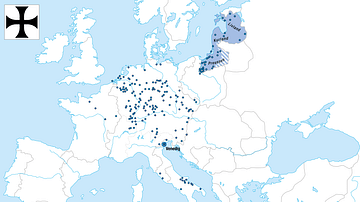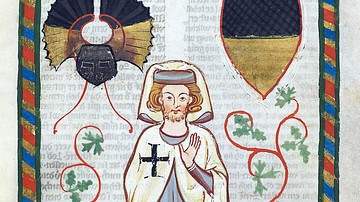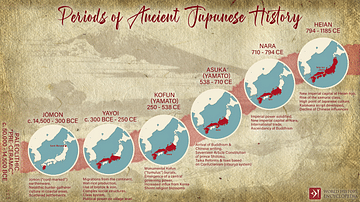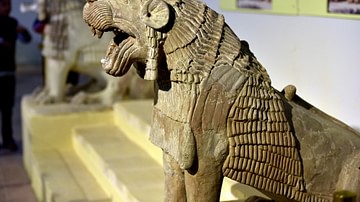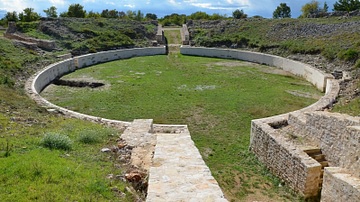Illustration
This wall panel was part of a large alabaster wall relief. The Assyrian king in a chariot (who is noy shown) watches as prisoners are brought in, and heads and booty are piled-up in a palm grove. In Assyrian literature, beheaded bodies refer to the leaders of the enemy (king, prince, commander-in-chief, leader of insurgency), while solders and people would be considered as prisoners of war. Neo-Assyrian period, 640-620 BCE, Mesopotamia, Iraq. From Nineveh, south-west palace, court XIX, panels 10-12. (The British Museum, London).
Cite This Work
APA Style
Amin, O. S. M. (2014, September 18). Assyrian Military Campaign in Southern Iraq. World History Encyclopedia. Retrieved from https://www.worldhistory.org/image/3041/assyrian-military-campaign-in-southern-iraq/
Chicago Style
Amin, Osama Shukir Muhammed. "Assyrian Military Campaign in Southern Iraq." World History Encyclopedia. Last modified September 18, 2014. https://www.worldhistory.org/image/3041/assyrian-military-campaign-in-southern-iraq/.
MLA Style
Amin, Osama Shukir Muhammed. "Assyrian Military Campaign in Southern Iraq." World History Encyclopedia. World History Encyclopedia, 18 Sep 2014. Web. 19 Apr 2024.



